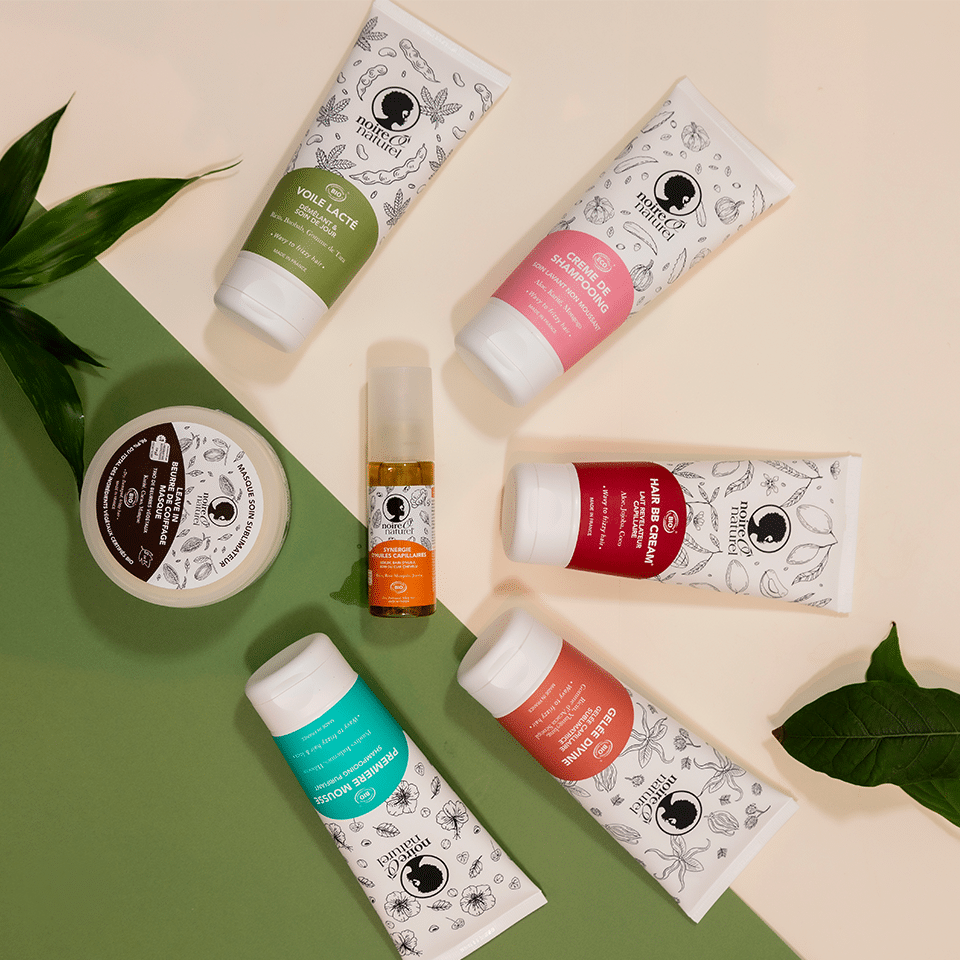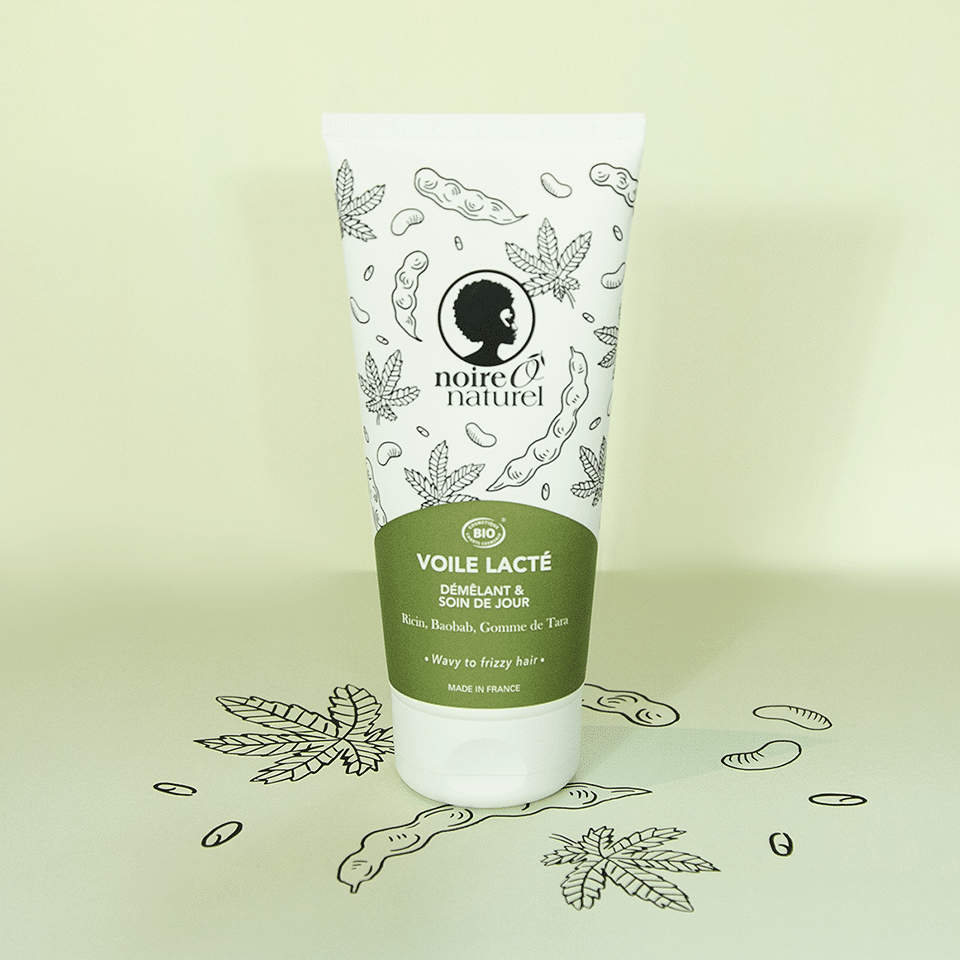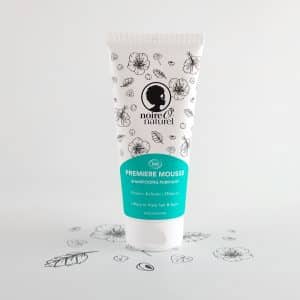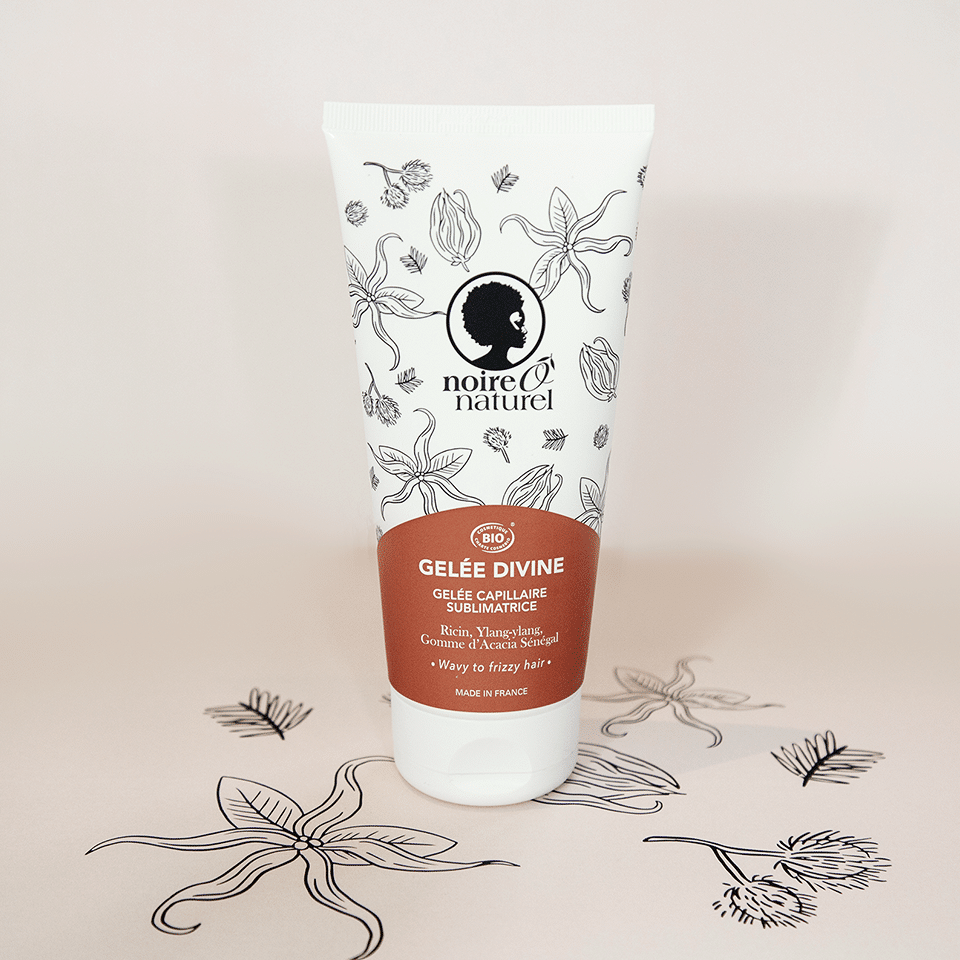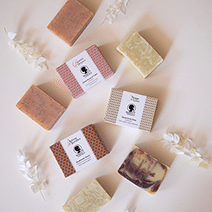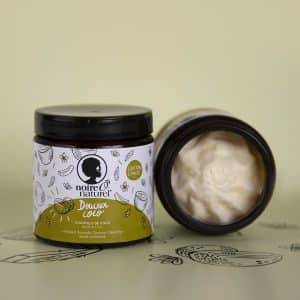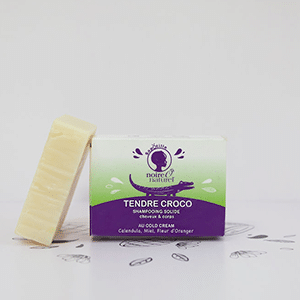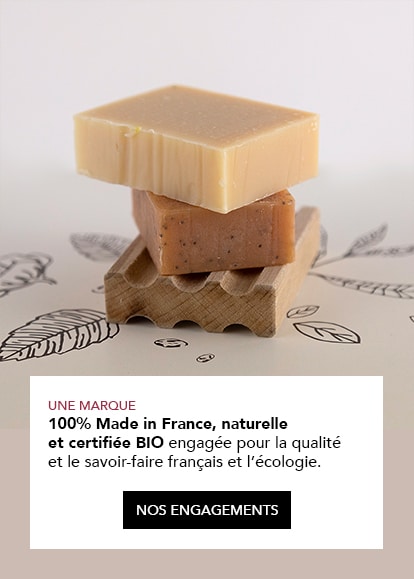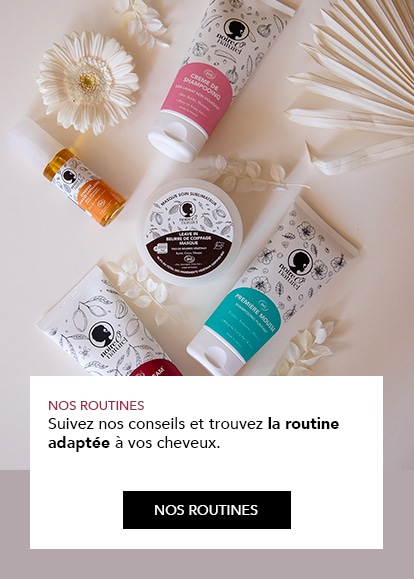Copyright photographie : Kelly His pour Noireônaturel
Self-love and self-acceptance are essential values to cultivate in our children from an early age to ensure they grow up to be fulfilled adults. However, some children may find it difficult to accept their differences, particularly when it comes to their textured hair.
If your child expresses negative feelings about their hair, here are a few tips to help them develop a positive image of themselves and their natural beauty.
1. Listen to and validate their feelings:
Start by listening carefully to what your child has to say. Ask open-ended questions to help them understand why they don’t like their hair. It could be comments from classmates, media influences or any other source of insecurity. It’s important to listen to them to find out if they’re being bullied at school, for example, so that you can take steps to protect them. Validate their feelings by letting them know that what they are feeling is normal and that they are not alone.
2. Celebrate hair diversity:

Use books, videos and pictures to show your child that hair diversity is a beautiful reality. Talk to them about the different hair textures people have, including personalities they might admire. Show them that everyone has unique beauty that deserves to be celebrated.
Copyright photographie : Tiger Lilly
3. Create a Positive Grooming Routine:
Introduce your child to a hair care routine that promotes self-esteem. Show them how to care for their textured hair in a gentle and caring way. Use products adapted to their texture to show them that their hair is precious and deserves special care. Our Sapotille range is ideal for teaching them how to take care of their hair and make the most of it!
4. Self-acceptance model:
Children often learn by example. If you show positive acceptance of your own characteristics, including your hair, this can have a positive influence on your child. Show them that you’re proud of who you are and your natural appearance!

Copyright photographie : Greta Hoffman
5. Encourage self-confidence:
Help your child develop self-confidence through activities and hobbies that they enjoy. When they feel secure in their skills and interests, they’ll be better equipped to deal with outside criticism.
6. Get your child involved:

Involve your child in choosing hairstyles and hair products. Give them a sense of autonomy and self-expression. If they want to try out new hairstyles, encourage them to do so! It’s a good way of reclaiming a complex.
Copyright photographie : Romane pour Noireônaturel
7. Be patient and understanding:
The road to self-love can be a process. Be patient and offer your child constant support. Reassure them that they are loved and valued just as they are.
8. Consider Role Models:
Look for celebrities, athletes, actors or musicians with textured hair to serve as positive role models for your child. Show them that there are famous and admired people who embrace their natural texture. Representation matters !
In conclusion, helping your child accept and love their textured hair is a journey filled with patience and love. As a parent, you can play a crucial role in encouraging a positive self-image and providing tools to build confidence and self-esteem. With your support, your child can learn to celebrate their natural beauty and embrace their uniqueness.
To discover our Sapotille Range adaptée to children, more information right here !

